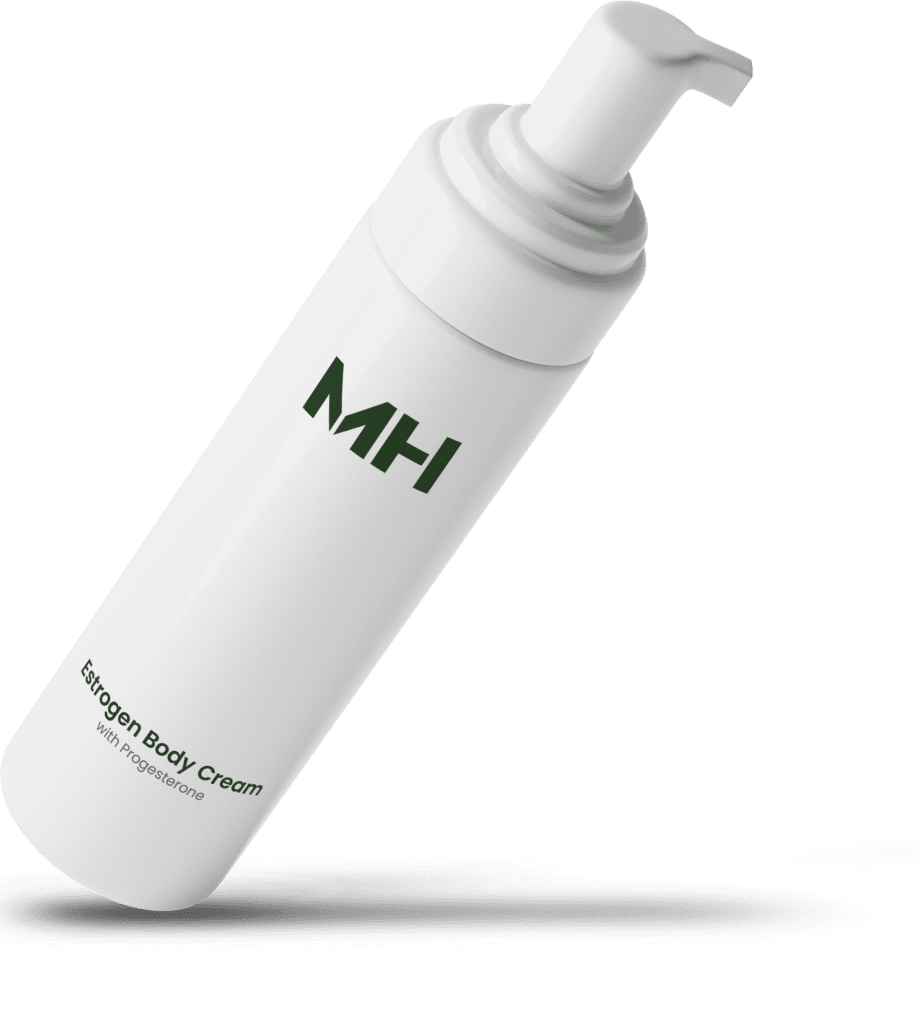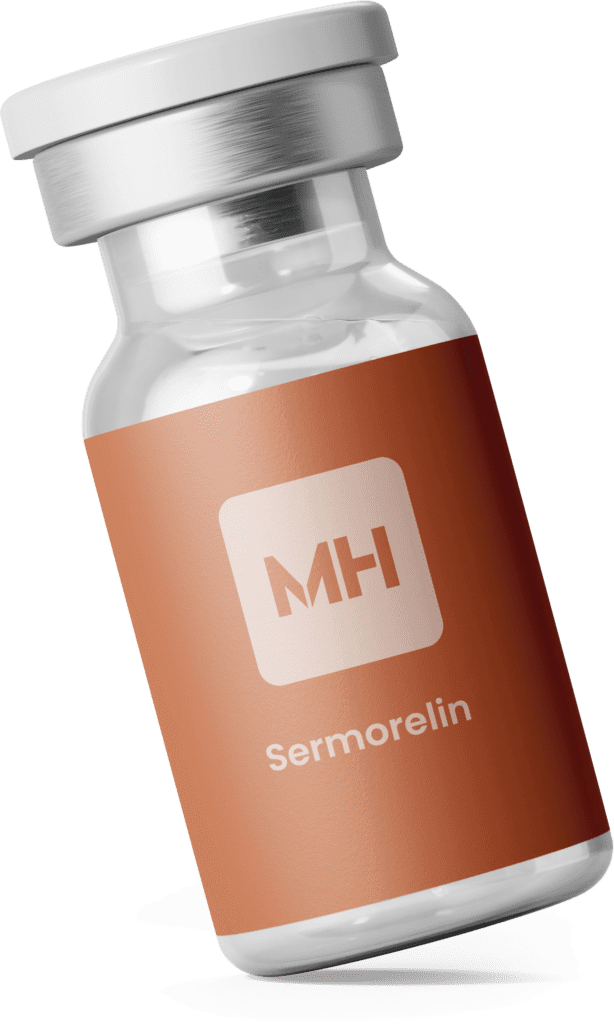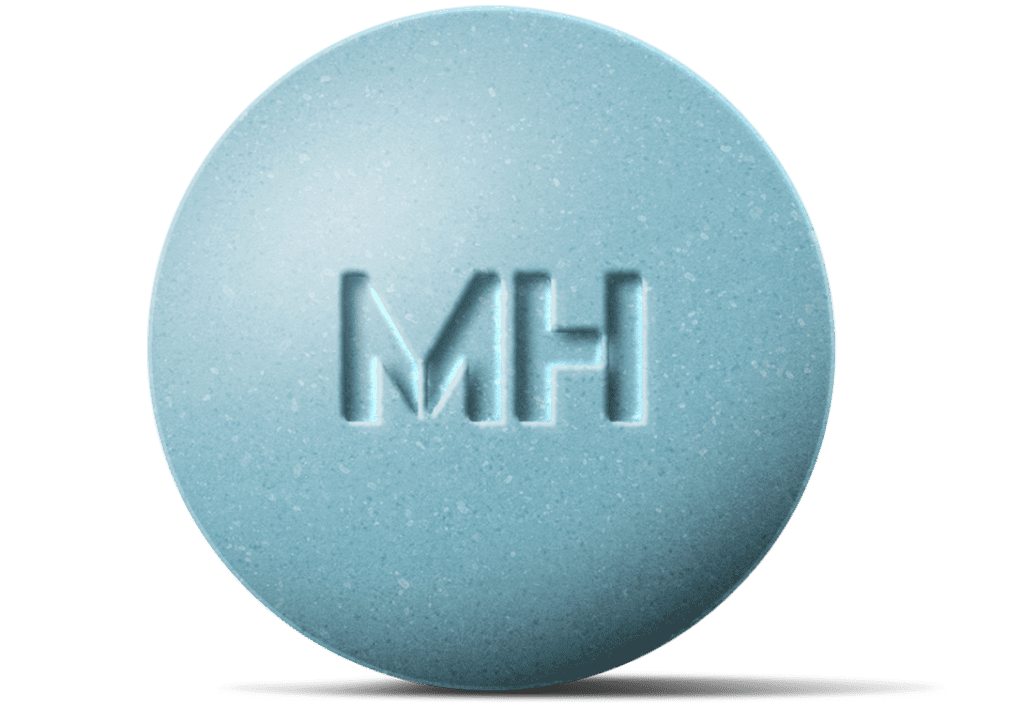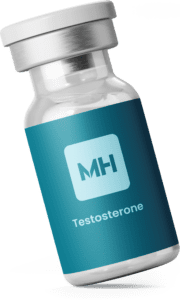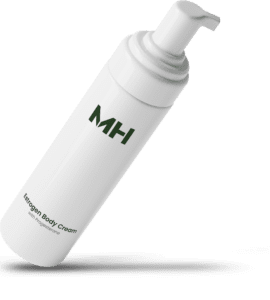When embarking on a weight loss journey, the tendency to fixate on the number on the scale is understandable. However, this singular focus can be misleading and oversimplifies the complex process of body transformation. In this article, we’ll explore why the scale should not be the sole measure of progress and uncover more effective ways to track your health and fitness journey.
The Fallacy of “A Pound is a Pound”
You’ve likely heard the saying, “A pound of fat weighs the same as a pound of muscle.” While technically accurate, this oversimplification overlooks a crucial factor: density. Although a pound of fat and a pound of muscle weigh the same, they occupy significantly different volumes within the body.
Fat tissue is less dense and takes up more physical space, while muscle is more compact and dense. This difference in density explains why two individuals of the same height and weight can have vastly different physical appearances. Someone with a higher muscle mass percentage will often appear leaner and more toned compared to someone with a higher body fat percentage, even if the numbers on the scale are identical.
Embracing Holistic Metrics for Progress
Given this understanding, relying solely on weight as a progress measurement can be misleading and even demotivating. Instead, consider incorporating a more comprehensive approach to tracking your fitness journey:
- Body Measurements: Utilize a tape measure to track the circumference of various body parts, such as waist, hips, thighs, and arms. These measurements can provide valuable insights into where you’re losing inches, even if the scale isn’t budging.
- Progress Photos: Regularly take full-body photos from different angles every 4 weeks. Visual changes can be significant and incredibly motivating, often becoming evident before small weight fluctuations.
- Calorie Tracking: Maintain a food diary or use a calorie-tracking app to gain a deeper understanding of your eating habits and ensure you’re in a calorie deficit for weight loss.
- Performance Metrics: Keep track of your performance in workouts, such as improvements in strength or endurance. These are great indicators of progress, regardless of what the scale says.
- Clothing Fit: Pay attention to how your clothes fit – this can often be an early sign of progress before the scale reflects it.
Harnessing the Power of Medication-Assisted Weight Loss
For some individuals, medications may play a role in their weight loss strategy. Two increasingly popular options are semaglutide and tirzepatide.
Semaglutide
This medication, initially developed for type 2 diabetes management, has shown significant promise in weight loss treatment. It mimics the GLP-1 hormone, which targets areas of the brain that regulate appetite and food intake, helping reduce hunger and increase feelings of fullness.
Tirzepatide
This newer medication is unique in that it mimics two hormones – GLP-1 and GIP (glucose-dependent insulinotropic polypeptide). The dual action may contribute to its enhanced effectiveness, with clinical trials showing participants losing up to 22.5% of their body weight over 72 weeks.
It’s important to note that these medications should only be used under the guidance of a healthcare professional and in conjunction with lifestyle changes. Potential side effects, long-term use, and the need for muscle preservation should all be carefully considered.
Optimizing Your Weight Loss Journey
To maximize the benefits of medication-assisted weight loss while preserving muscle mass, consider the following strategies:
- Resistance Training: Incorporate regular strength training into your routine to maintain and build muscle.
- Adequate Protein Intake: Ensure you’re consuming enough protein to support muscle preservation and growth.
- Gradual Weight Loss: Aim for a steady, gradual weight loss of 1-2 pounds per week to minimize muscle loss.
- Peptide Therapy: Explore the potential benefits of peptides like Sermorelin or AOD, which can help preserve muscle mass during weight loss.
Your weight loss journey is a unique and multifaceted process. By shifting your focus from the scale to a more comprehensive approach, you’ll gain a clearer understanding of your body’s transformation and set yourself up for long-term success and a healthier relationship with your body.

